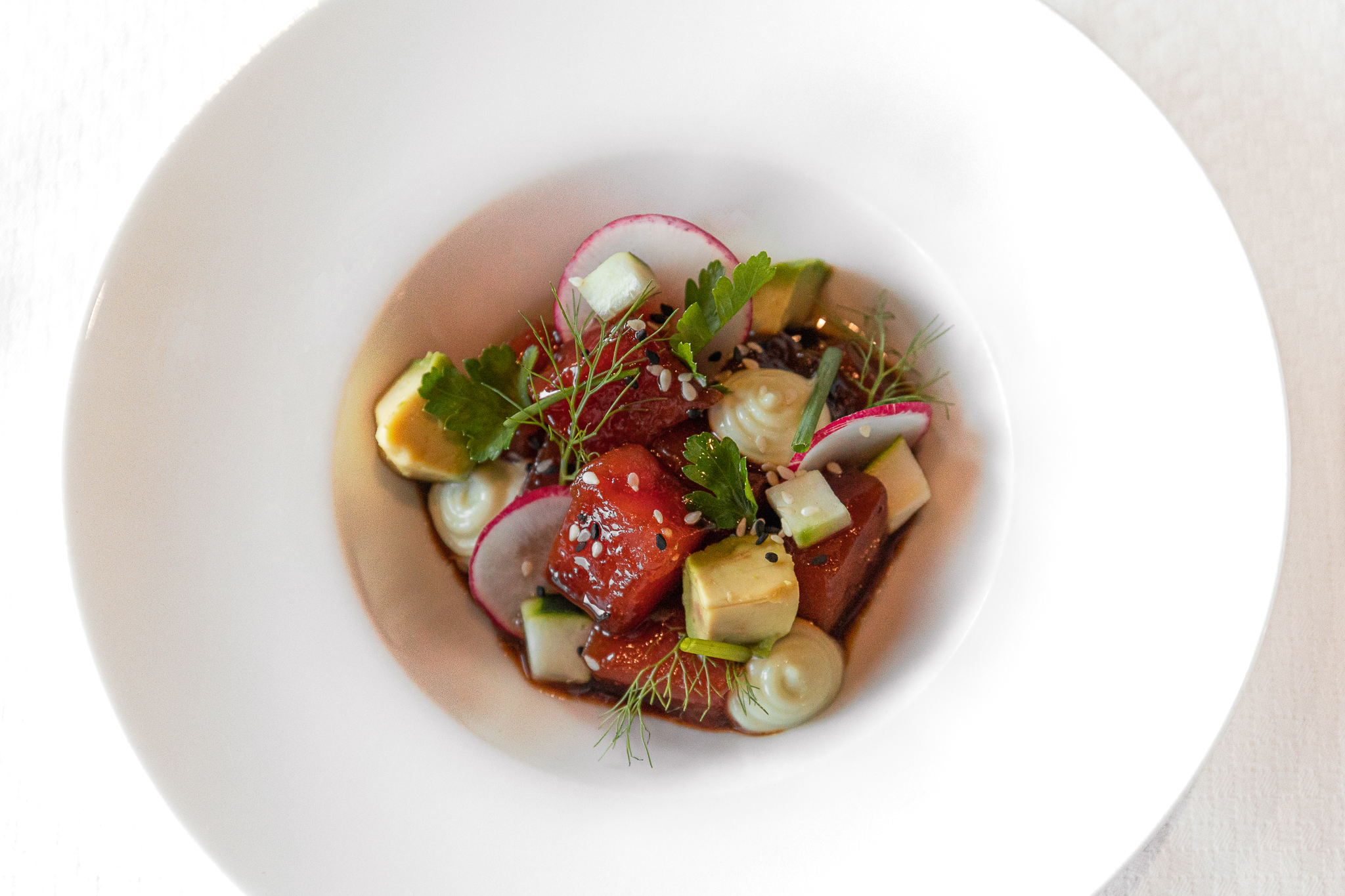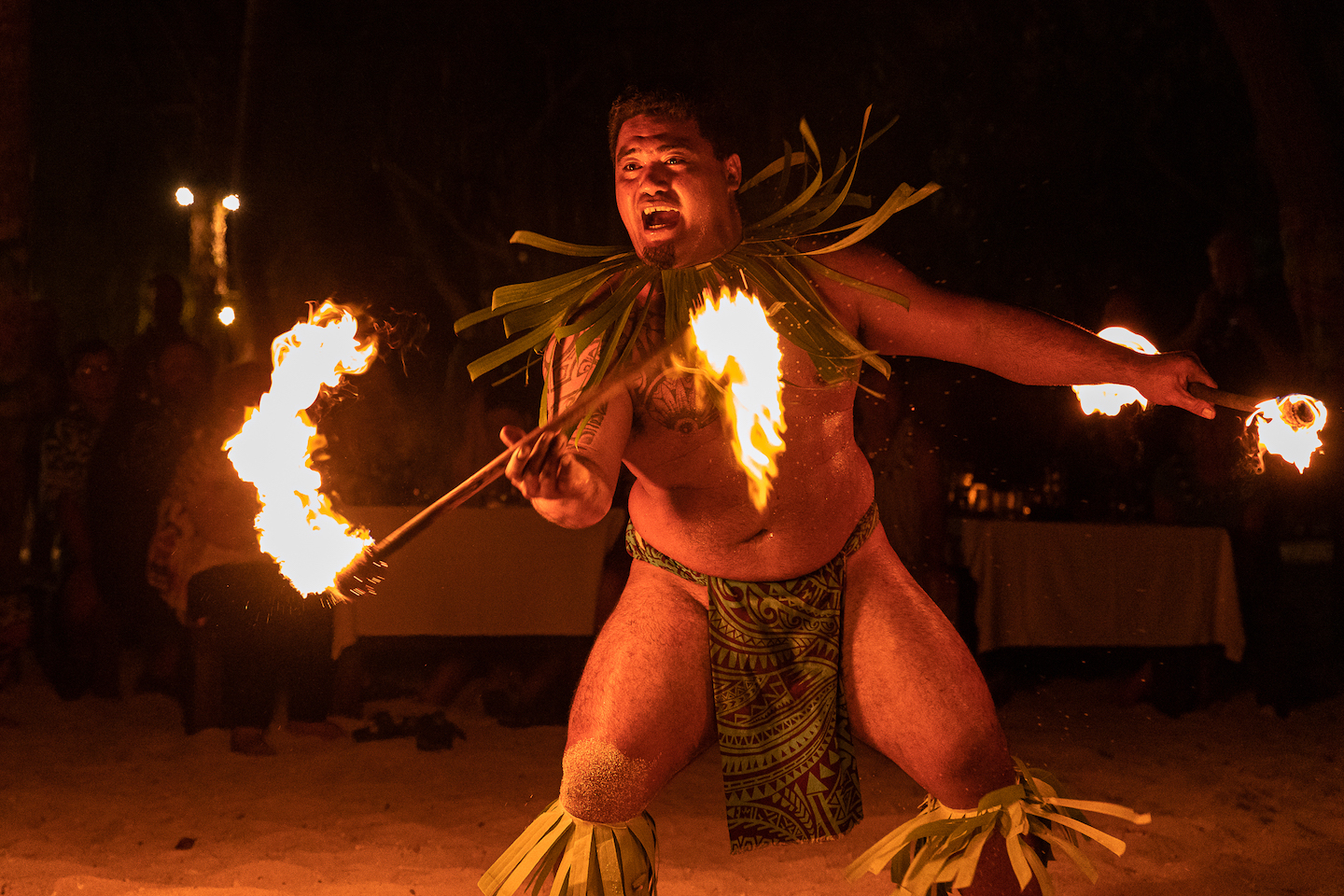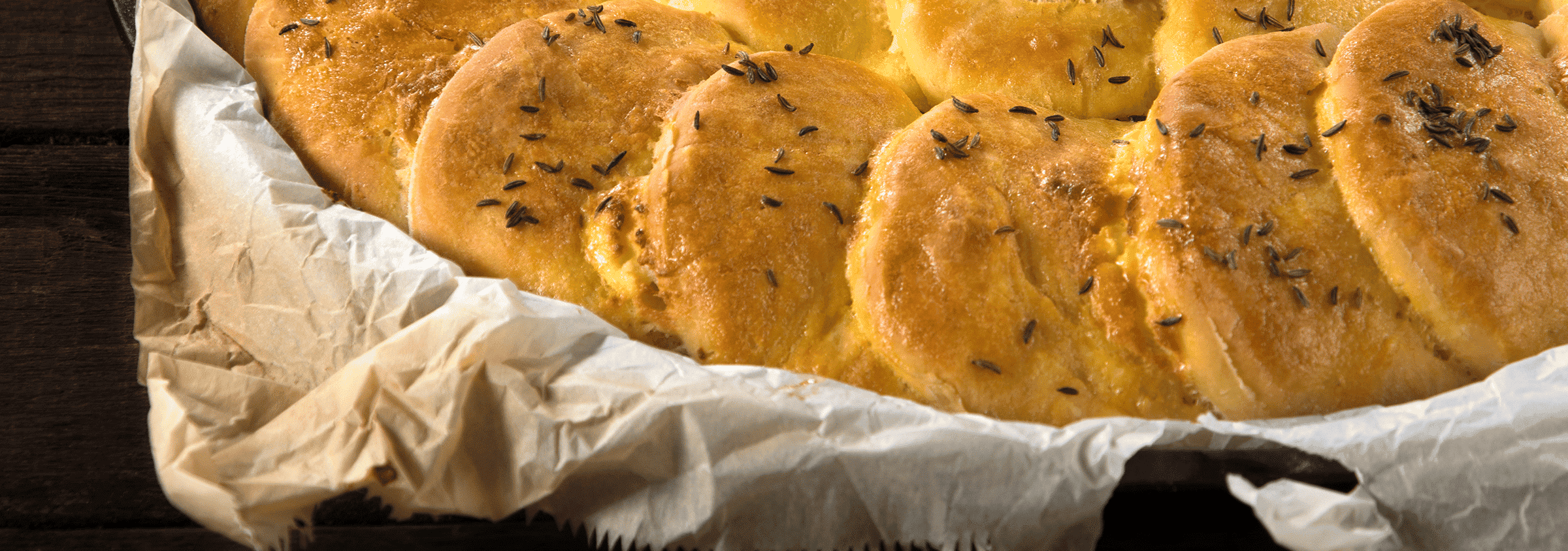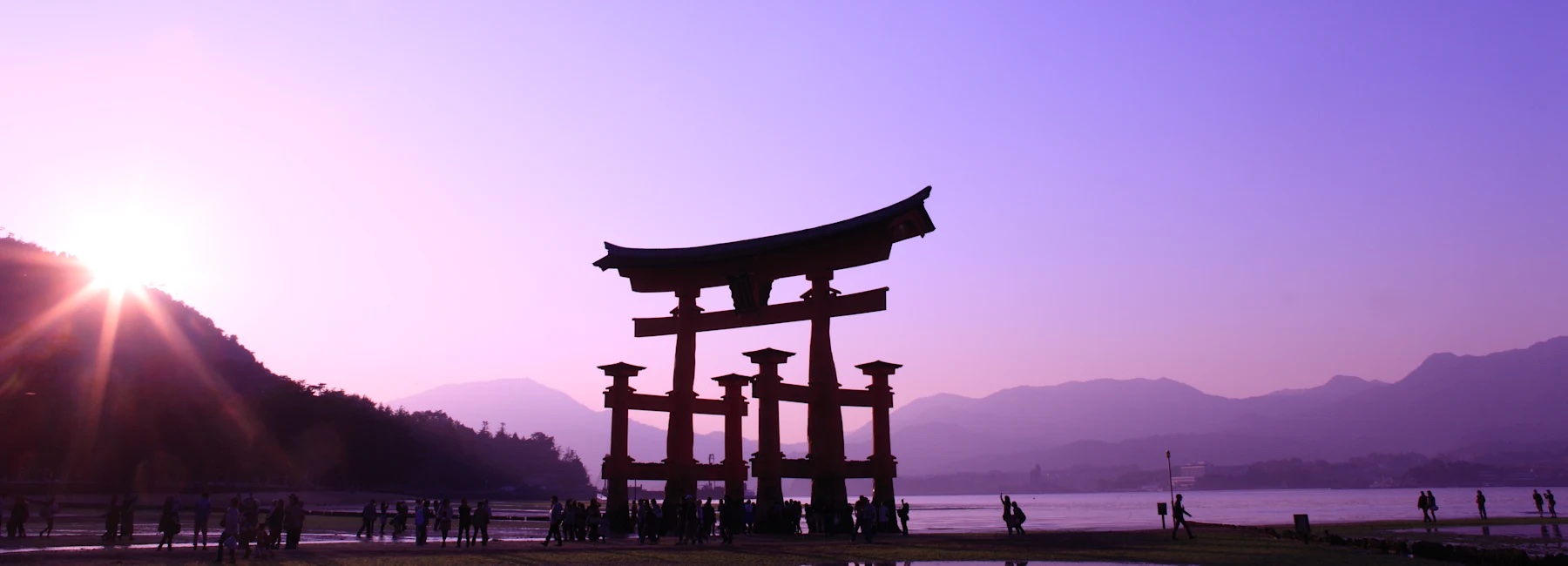From presentations to shore excursions, Windstar guests can learn all about Polynesian culture from knowledgeable local guides, artists and storytellers. Our team of local experts takes pride in sharing their lives with visitors, and on nearly every day of your cruise you’ll have the chance to immerse yourself in Tahitian history and traditions. Explore Taputapuatea, a complex of temples and a famed UNESCO World Heritage Site on the sacred island of Raiatea or spend an afternoon with a villager on Huahine and learn how to make one of the most popular seafood dishes in Tahiti. Windstar’s Destination Discovery Event is yet another way to experience Tahitian culture, in the form of live music and an exciting evening of traditional fire dancing during an overnight in Bora Bora.
These are some of the opportunities you’ll have to learn about Polynesian culture on your cruise to Tahiti with Windstar:
Visit marae (sacred sites)

Sacred sites, or marae, offer a glimpse into the history of French Polynesia, and there are several shore excursions that offer access to these historical attractions. One of the most notable is the Taputapuatea marae, which is a UNESCO World Heritage Site. Located on Raiatea, which is referred to as “The Sacred Island,” the marae at Taputapuatea is believed to have been established as early as 1000 AD. Raiatea is considered the ancestral homeland of the Polynesian people, as it is the oldest inhabited island in French Polynesia. The ceremonial site served as the base for expansion to Hawaii and New Zealand, and the islands were first settled by migrating Polynesians as early as 500 BC.
The island of Huahine is famous for having one of the largest groups of pre-European marae in French Polynesia, and you’ll find 30 excavated sites at the Maeva marae. This group of structures and ancient fish traps are believed to have been built as early as the 13th century AD. The adjacent museum displays artifacts like paddles, blades, jewelry, pestles and tattoo combs, and you can also learn about the history of excavations, which began in the 1920s.
Just a short distance from Moorea’s Belvedere Lookout, you can wander around the remains of several ancient marae, including Titiroa (pictured above) and Ahu-o-Mahine. Built among a dense forest of chestnut trees, a hiking trail leads to the tohua, or council platform, plus two smaller marae and an altar consisting of several steps layered with stones.
Learn about agriculture and exports

You’ll have the chance to tour several farms, including a small vanilla plantation on Taha’a. Known as the “vanilla island,” Taha’a grows nearly 80 percent of all vanilla produced in French Polynesia, thanks to its mineral-rich volcanic soil and tropical climate. After a local farmer’s brief presentation on the cultivation process and how to cook with vanilla, you can see where the plants are grown, and get a peek at a batch of harvested beans that have been set out to dry.
Several shore excursions on Moorea include a stop at a pineapple farm in the Paopao Valley, followed by a tasting at a local juice factory. Moorea’s main export is pineapple juice, not the fruit, though they produce most of the world’s Queen Tahiti pineapples. The pineapples are known for their sweetness, low acidity and fragrance, and you’ll taste the difference as soon as you sample a slice. Pineapples were introduced to the islands by Europeans, and the first record of their existence in Tahiti was documented in one of Captain Cook’s voyage logs in the 18th century.
Savor Tahitian cuisine

Seafood is a dietary staple in the Tahitian islands, and you will notice the French culinary influence, especially in the capital of Papeete. Once on board, you’ll enjoy even more island-inspired dishes, complete with locally sourced fish and fruit, among other items. One of the dinner options was moonfish (a dense, white fish, similar to halibut) with pineapple salsa and coconut curry rice, and the following day poisson cru, a Tahitian specialty, was served at lunch. Poisson cru (pictured above) is made of fresh, raw slices of tuna soaked in lime juice and a dash of salt, with cucumbers, avocado and cabbage, making it a distant cousin to ceviche. Those seeking a more hands-on experience can spend the day with a local villager who will teach you how to make poisson cru. After enjoying a leisurely lunch, you’ll also get the chance to sample fresh coconut from a nearby farm.
Experience traditions & learn from the locals

During the afternoon in Raiatea, head to the lounge for a live set by a local musical group, and after the performance, learn about the art of lei making. Later in the evening, enjoy a lecture about the history and cultural significance of tattoos from Tihoti, a key figure in the Tahitian tattoo revival scene. Windstar’s Destination Discovery Bora Bora Celebration Event is one of the highlights of the cruise, offering an intimate look at Polynesian culture. After enjoying a delicious dinner with locally inspired fare on a private island, grab a seat and enjoy music and dancing from a troupe of talented local artists. The performance kicks off with Ori Tahiti dancing (very similar to the Hawaiian hula), followed by fire dancing, which is truly a sight to behold — and the perfect way to wrap up your adventure in the South Pacific.
Windstar Cruises has also partnered with the Coral Gardeners, a Tahiti-based nonprofit that works to build, maintain and monitor thousands of corals with the goal of restoring the ocean one coral at a time. The three-year partnership began in 2022 with Windstar’s $35,000 donation to Coral Gardeners. Guests are presented with the opportunity to adopt a coral for $35/person donation on each voyage.



















































